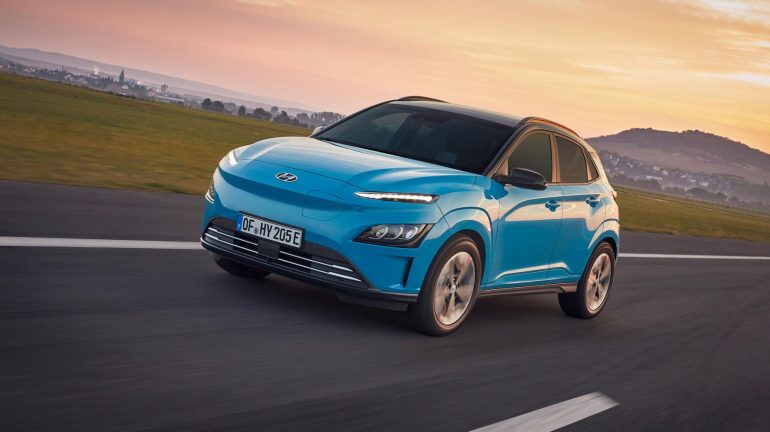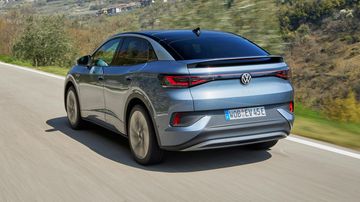| place | automobile | 130 km/h range km. In | WLTP. Maximum range in km as per |
|---|---|---|---|
| 1 | Mercedes EQS 450+ | 482 | 785 |
| 2 | BMW IX xDrive 50 | 434 | 630 |
| 3 | Genesis Electrified G80 | 427 | 520 |
| 4 | Mercedes EQE 350+ | 423 | 654 |
| 5 | Polestar 2SM LR | 374 | 540 |
| 6 | Audi RS e-tron GT | 367 | 456 |
| 7 | Tesla Model 3 | 363 | 491 |
| 8 | Hyundai Kona Electric | 336 | 484 |
| 9 | VW ID.5 Pro Performance | 340 | 536 |
| 10 | Ford Mach-E GT | 337 | 610 |
The comparison shows that the maximum limit set per WLTP cycle has little to do with long drives at high speeds under everyday conditions of “auto build”. No wonder, because the test involves a mixed driving style, including driving at a steady speed on city and country roads.
In which WLTP . is included
Car manufacturers must report how much their cars consume – and determine this using standardized procedures. Since 2017, the Worldwide Harmonized Light-Duty Vehicles Test Procedure (WLTP) has been applied to all cars, whether electric or combustion engines. This includes the following factors:
- The temperature in the test chamber is 23 °C.
- The length of the route is 23 kms.
- The cycle lasts 30 minutes. It consists of four stages.
- The average speed is 47 km/h, with the maximum speed exceeding 130 km/h.
- The assessment includes the weight of the vehicle and additional equipment.
- More about the test cycle read here,
Save electricity with e-car: How to do it
Not only petrol and diesel are getting expensive, electricity prices are also increasing. Especially since the number of free charging options is becoming increasingly rare. However, experts believe that e-cars will also have a cost advantage in the long run due to tax exemptions, cheaper insurance and new technologies.
However, with a few tricks, you can also save energy while driving an electric car. Choose the smallest possible rims and narrow tires. This alone can save you up to one kilowatt hour per 100 kilometers. Use recuperation, instead of applying the brakes, let the car coast.
Otherwise, drive with foresight, keep your distance from the vehicle in front, accelerate slowly and evenly, advises the ADAC. On freeways and expressways, it makes sense to swim with traffic and focus on a uniform speed.
The deciding factor is air conditioning: in winter it makes more sense to use seat heating for heating than to heat the entire interior. In summer you should use air conditioning carefully and set it up a few degrees. The same applies to other electrical consumers such as radio or navigation systems: they all consume electricity, so use them only when necessary.

Reader. Organizer. General creator. Zombie fanatic. Alcohol advocate. Food junkie. Bacon ninja.






